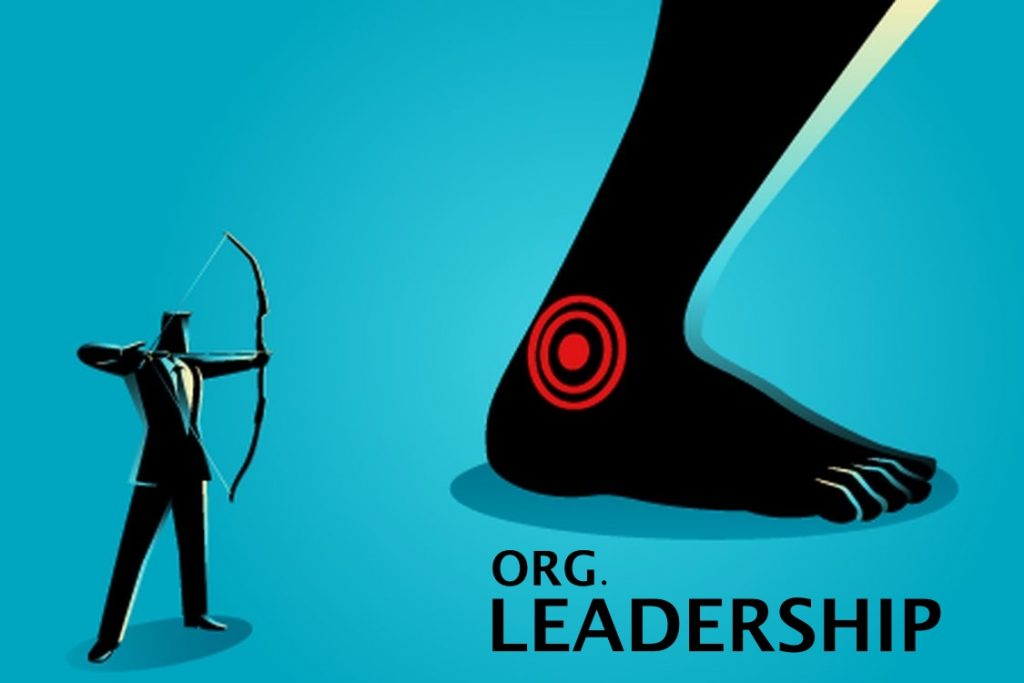From phishing email campaigns to filched administrator credentials, we’ve seen hackers assault systems from all sides. Experts recommend the best defense is a unified front against malicious actors, but what happens when the very place you expect IT security policies from—your leadership team—is actually your organization’s Achilles heel?
Ideally, IT security practices run like a well-oiled machine; employees perform “maintenance” (installing patches, updating the system, performing vulnerability checks) on the regular, and authorities within the organization roll out new policies as needed. Effective IT security is composed of different parts that rely on each other to function.
This all contributes to minimizing systemic risk, wherein a series of interdependent factors must all function adequately or trigger a widespread collapse. In the case of IT security, where history has shown that all a skilled hacker needs is one pressure point to topple a system, this is especially crucial.
Dealing with systemic risk isn’t just relegated to the digital world. It’s up to all members of an organization to ensure their systems remain operational and safe—so why might the higher-ups pose the biggest problem?
Fatal Flaws
Despite the escalating importance of IT security practices amid the COVID-19 pandemic, research suggests that IT security oversight continues to fall short in companies nationwide. IT security management committees are often composed of people with little to no IT security experience, and on the corporate level, IT security training is minimal to nonexistent.
For hackers seeking a target, management that fails to address digital risk is as good as a green light. It signals a general lack of commitment to best IT security practices, which means weak points in the system will be that much easier to find.
How can leadership amp up their IT security? For one, they can acknowledge that a breach is inevitable. The important thing isn’t making your systems invulnerable, but rather putting contingency plans in place to protect your organization and your clients’ data.
Encryption, for instance, is a tried and true method of ensuring that the information hackers are looking for will be useless to them if they take it. Experts advise encryption to be a common practice for administrative directors in particular; encrypting high-level access and communications protects sensitive data and discourages cybercriminals at the same time.
Recent developments in the world of company leadership suggest that data breaches are something to be concealed instead of addressed, but in order to create a more secure digital culture in the business world, it’s important to keep an open mind. Acknowledging mistakes made at the top will set the tone for improving your IT security practices in the future, both within your organization and your industry.
A Guiding Force
Taking your first or thousandth step into a better, more secure digital world? To find the right teammate, you’ll need to ask the right questions. Not all vendors are created equal, and knowing what to look and ask about can be the difference between true security and a costly breach.
You’ll also want testimonials to affirm your next vendor’s excellence, and although we have plenty to say for ourselves, we invite you not to take our word for it, and check out what our clients say instead.
For more information, contact us today.








